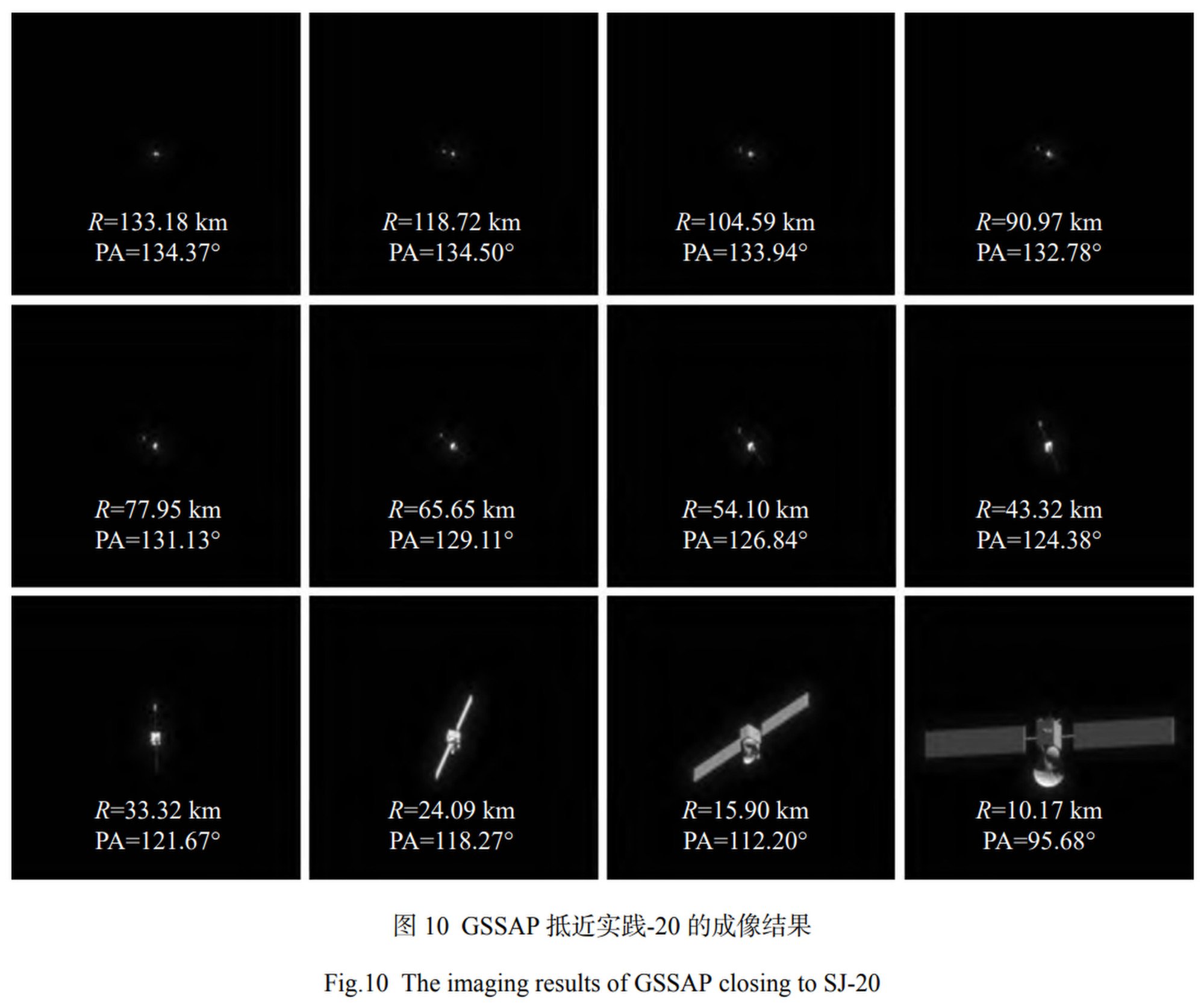US spy satellites executed a staggering count of 14 close-in reconnaissance missions on Chinese high-orbit satellites, all within a span of under two years, according to reports in Chinese.
The media report, citing a study by Chinese researchers, has revealed that the US Air Force’s Geosynchronous Space Situational Awareness Program (GSSAP) satellites performed a series of maneuvers, repeatedly approaching China’s most prized and advanced satellites in the geostationary orbit (GEO) from February 2020 to December 2021.
In a recent publication in the Chinese-language journal Infrared and Laser Engineering, researcher Cai Sheng and the Changchun Institute of Optics, Fine Mechanics and Physics team expressed grave concerns about the security of Chinese high-value space assets due to the recurring close approaches of the GSSAP satellite.
The study said that through a sequence of tests focused on space attack and defense technologies, the US military has unmistakably demonstrated both their capability and intent to interfere with China’s use of space.
China currently operates a fleet of GEO satellites that serve various functions, including communications, navigation, and remote sensing. GEO satellites are strategically positioned at a fixed point above the Earth’s equator, ensuring that they remain stationary relative to the ground at all times.
GEO satellites are preferred for applications such as communications and broadcast due to their ability to maintain a constant connection with users on the ground, despite being more expensive to launch and operate than Low-Earth Orbit (LEO) satellites.
Many countries utilize these satellites for military communications, surveillance, and critical infrastructure, such as banking and finance systems.
A Beijing-based space scientist, who was not involved in the study, was quoted as saying that close encounters in space are typically shrouded in secrecy due to the military’s perception of such information as sensitive or classified.
The rationale behind this approach is to prevent the disclosure of their capabilities or vulnerabilities to other nations. By maintaining a veil of confidentiality, military forces aim to safeguard their strategic advantages while navigating the complexities of the ever-evolving space domain.
Disclosing such incidents could also risk exacerbating tensions between countries and potentially triggering diplomatic or military conflicts. The timing of China’s decision to release this information remains unclear.
The Changchun-based institute, a subsidiary of the Chinese Academy of Sciences, has a well-established history of contributing to China’s space program by developing laser technology, remote sensing, and space optics.
US GSSAP Satellites
The Chinese study highlights that GSSAP satellites represent the latest generation of space surveillance satellites deployed by the US Air Force. Specifically designed to monitor and track objects in geosynchronous orbit, these satellites are equipped with state-of-the-art technology.
They feature high-resolution optical cameras and advanced electronic surveillance equipment, enabling them to capture detailed images and intercept radio signals from other satellites.
The capabilities of these GSSAP satellites underscore the sophisticated methods the US employs to gather intelligence and maintain situational awareness in the geosynchronous orbit.
According to the Chinese study, on February 26, 2020, a GSSAP satellite carried out a fly-around maneuver specifically aimed at Tianlian 2-01, a satellite integral to China’s Tianlian space tracking and data relay system.
The Tianlian system plays a crucial role in establishing communication links between spacecraft in orbit and ground stations on Earth, serving as a vital support system for China’s human space flight program and other space-related endeavors.

As per the Chinese research, two days after the incident, the same satellite from the GSSAP approached BD-2 G8, a satellite within China’s BeiDou Navigational System (BDS).
BeiDou serves as China’s counterpart to the American GPS, offering positioning, navigation, and timing services to users in China and various regions across the globe.
The study reported several other incidents involving the GSSAP satellites and Chinese satellites, including SJ-20, a high-throughput communication satellite that provides broadband internet access in China and Asia.
Multiple GSSAP satellites made four approaches to SJ-20 within an 11-month timeframe. The closest encounter occurred on May 4, 2021, when Chinese and US satellites came remarkably close, reaching a record proximity of 9.54 kilometers (5.9 miles).
The study also accused the US satellites of spying on other Chinese targets, such as TJS-2, TJS-3, and TJS-5, part of China’s experimental communications satellite series, Tongxin Jishu Shiyan (TJS).
These satellites support China’s critical national security initiatives, economic endeavors, and scientific pursuits.
Thus, these maneuvers by US satellites showcased the intense rivalry for space dominance and the intricacies of surveillance orchestrated by these exceptional technological achievements.
- Contact the author at ashishmichel(at)gmail.com
- Follow EurAsian Times on Google News




